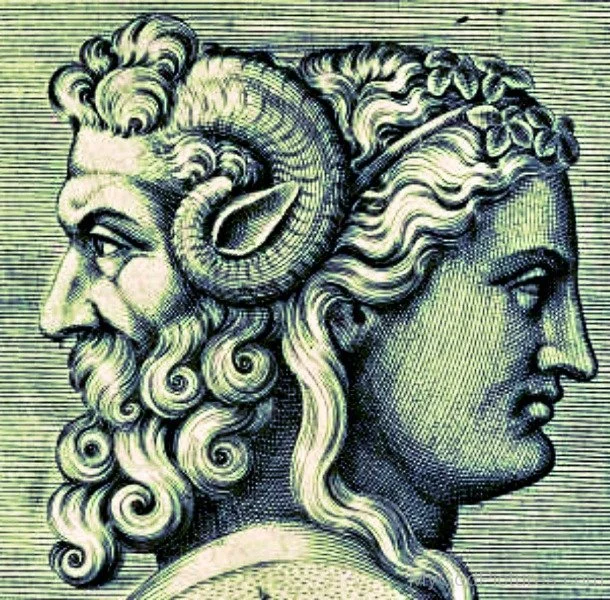Verbal Portrait No. 9
What one can hide inside one’s head and smile. —Iris Murdoch
Inside every old person is a young person wondering what happened. —Terry Pratchett
In earlier posts, I have explored the idea of verbal portraiture. Verbal Portrait No. 1 and Verbal Portrait No. 2 describe a bookish lady and a troubled writer, respectively.
I encourage you to read the above portraits in full for proper context on this style, however, I empathize with the there-aren’t-enough-hours-in-the-day crowd. Below is an excerpt that briefly explains my angle and aim:
From vivid descriptions of my most minute observations, I attempted to create a coherent verbal “image.” Like the pointillistic brushstrokes of Seurat, my words would obfuscate if read individually, but render clarity when taken as a whole. Hence, the idea of verbal portraiture was born.
A Verbal Portrait is a specific, hyper-detailed description of the reality an individual sees in front of him/her.
Verbal Portrait of the Harried Hairdresser
The bells tinkled their tired song as another customer pressed the plate glass door and walked in. The sound interrupted her rendezvous with the only man in her life: Mr. Coffee.
As the caffeine circulated through her veins, the usual stress and anxiety woke up inside of her. Worry about her son’s ear infection, her comma-less bank account, and the yellow low fuel warning in her beat-up Camry settled on her chest like an X-Ray apron. Unfortunately, though as heavy and solid, it wasn’t protective in the slightest.
Her place was small but neat, banged up but well-kept. It was nestled unceremoniously between a Chinese restaurant and dingy pharmacy. In many ways, it was a reflection of her existence, of herself.
Her name was Patty. She was in her 50s, but looked older in her frumpy clothes, jet black apron, and well worn sneakers. If you saw her red, wrinkled face, you might think of a raw burger.
If her beauty had hesitated in her forties, it came to an abrupt decision just afterward and completely left her.
Her cheeks were ruddy, her nose a bursting red bouquet of gin blossoms watered by gin, vodka, tequila (any clear spirit would do). It was her medicine for a fitful, unrejuvenating sleep. Or just lubricant to quiet the loud wheelspin of night-thoughts.
She seldom looked at herself in the mirror while wielding her scissors; she was afraid of nothing more in the world than having to show herself for what she had become. To contemplate her place in the world, truly understand it, was to be always at risk of drowning.
She sometimes locked eyes with her clients, however. When she did, it often seemed as if they were trying to understand who she was and what she was doing here.
She often wondered the same thing.
Before the wrinkles and the love handles, she was a real storm in a shot glass. That was before her life went to hell in a hand basket.
She didn’t talk about it much, she let her gray roots and resignation do that for her.
She wanted to be happy, but didn’t know if she was capable of it.
She realized she’d left herself behind some years ago.
She didn’t mean to. It just happened, like a fever or a stumble does.
Her aspirations were a lot like the hair she cut: flimsy, brittle, stringy, greying over time, and, after long enough, they didn’t come back. Long enough had happened long ago for her.
If her smoking didn’t kill her, regret certainly would. Her life was not a dream deferred, rather one decaying before her bleary eyes.







